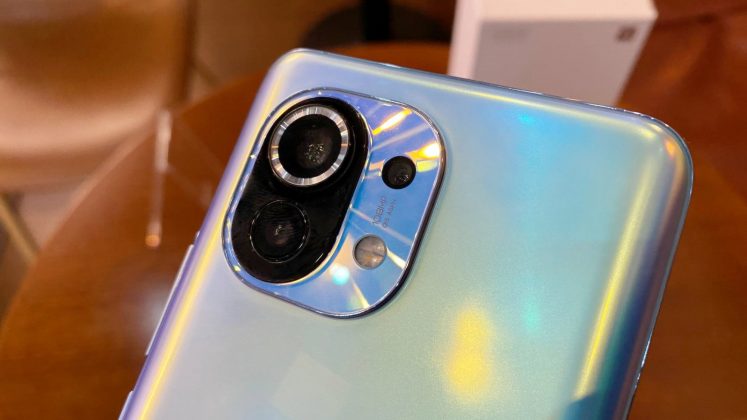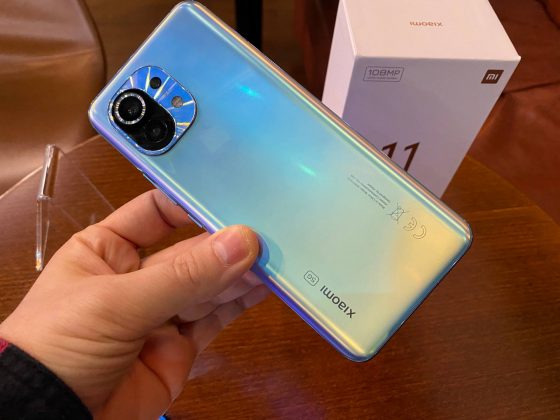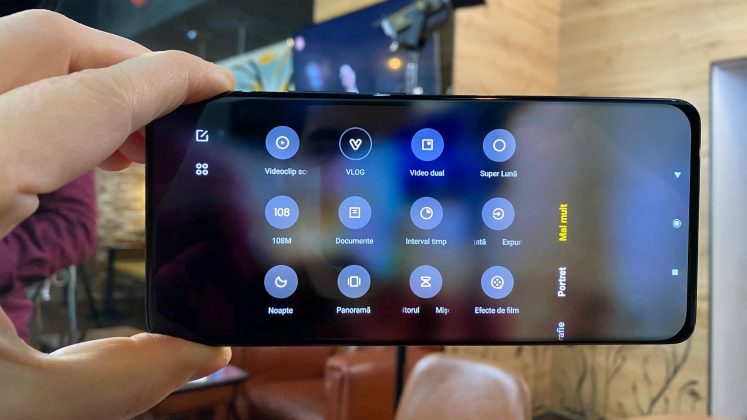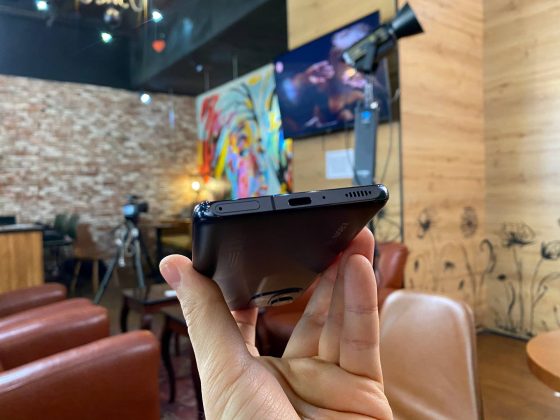If there’s one approach I failed to see when the Xiaomi Mi 11 was launched, it was its actual selling point. It seemed like a pretty well performing and high end phone, but it was nowhere near a “video phone”, as I perceive it now. Why? Because it has a fantastic display and a great camera when it comes to video capture, especially on account of its special filming modes. We have an unboxing below and first impressions.
Xiaomi Mi 11 actually “cheated” a little, when it stole the headlines and became the very first Snapdragon 888 phone back in December 2020. Priced at around $770, the device comes with a an angular and white box, that includes the following accessories: a case, USB-C to 3.5 mm adapter, a 55W charger, metal key for the slots and manuals.
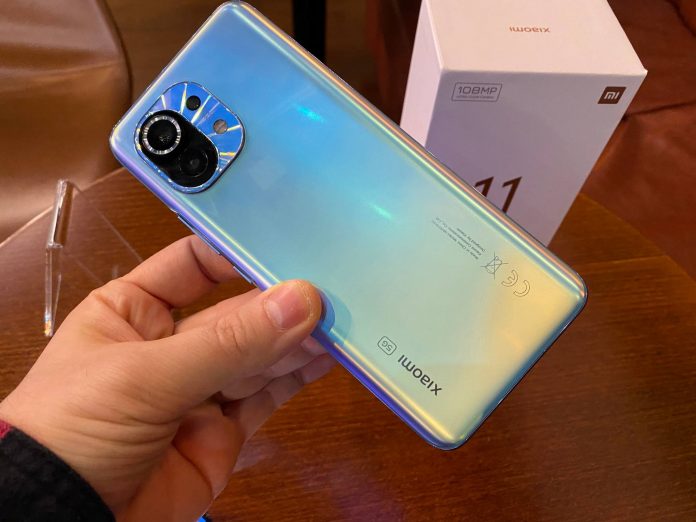
Design
Xiaomi doesn’t give in to the trend of making flat screen phones again and adopts the famous curves of the past years. The screen is curved and so is the glass at the back. We’ve got Gorilla Glass Victus upfront and also a sturdy aluminum frame, which lets you grip the device properly, by hanging onto it. I particularly enjoy the blue hue of the device, coloured like the calm sky of summer. I do regret the lack of IP68 certification though. In spite of being huge, at 6.81 inch in diagonal, the device is quite easy to wield, even with a single hand.

It’s got an asymmetrical camera design in both colours and thickness of its parts. It feels a bit like the Yin/Yang symbol but a bit warped. In the screen we find integrated the fingerprint scanner, which is quite fast and accurate and in the future will get an update that gives it pulse detection.

Display
Xiaomi Mi 11 packs a 6.81 inch AMOLED display, that’s stellar: great brightness, wide view angles, 1 billion colors to show. It also has a 120 Hz refresh rate on a 3200 x 1440 pixel resolution, HDR10+ support and a punch hole for the selfie camera. There’s also the option to pick a refresh rate of 60 Hz and the 120 Hz are set up dynamically, so they can drop in less intensive tasks. There’s also an Always On Display option and gamers get 480 Hz touch sampling rate for optimal response in games.
The color pallette is very wide and we’re dealing with 10 bit colors here.

Hardware
As far as hardware goes, things are pretty top notch, starting with the Qualcomm Snapdragon 888 processor, 8 or 12 GB of LPDDR5 RAM, 128 or 256 GB of storage and powerful stereo Harman Kardon speakers. There’s also no microSD card slot. The speakers mentioned above have quite the surround and bass, plus they’re loud. The battery charges at 55W wired and can reach 100% battery in just 45 minutes, but with wireless charging at 50W you can get there in 53 minutes. Connectivity-wise, there’s NFC, infrared, WiFi 6, 5G, USB-C 2.0.

Camera
This is where the things get interesting. On paper the lack of a telephoto camera would be a letdown, but in reality AI + crop from a 108 MP shot tend to properly replace 2X optical zoom and even 3X optical zoom nowadays. There’s a main 108 megapixel camera here, accompanied by a 13 MP ultrawide camera and a 5 MP Macro camera. Or better said Telemacro, also aiding with Bokeh shots. The main sensor is a Samsung ISOCELL Bright HMX, also found on the Xiaomi Mi 10 and Mi 10 Pro by the way. It combines 4 pixels in 1 generating 27 MP shots.

The selfie camera is a 20 MP shooter, sadly with fixed focus. The interesting part comes when you check out the cool camera modes: Super Macro, Portrait, Vlog, Supermoon, Dual Video, Documents, Time Lapse and Movie Effects. Particularly the Movie Effects caught my eye with options like Magic Zoom, Slow Shutter, Night Time Lapse. There’s even Night Mode Video and Super Steady here. Magic Zoom lets you keep the subject in the center and slightly play with the zoom of the background when filming.
Time freeze lets you freeze parts of the frame and keep others in motion. Parallel offers an “Inception style” effect, making half of the image regular and the other half mirrored. Also, aside from Night Mode Video, there’s also Ultra Night Video Mode, for total darkness.

Conclusion
I didn’t forget the software, which is Android 11, but with the same MIUI 12 on top seen a lot lately on Xiaomi phones I’ve tested. I think that when all’s said and done, this is a device meant for video capture and video watching. The large palette of colours, HDR, special Movie Effects, high refresh rate show us it’s a Multimedia phone above all else. It caters to the TikTok and YouTuber star generation for sure. What could be better? IP68 and a telephoto camera!
You can get the phone here.



